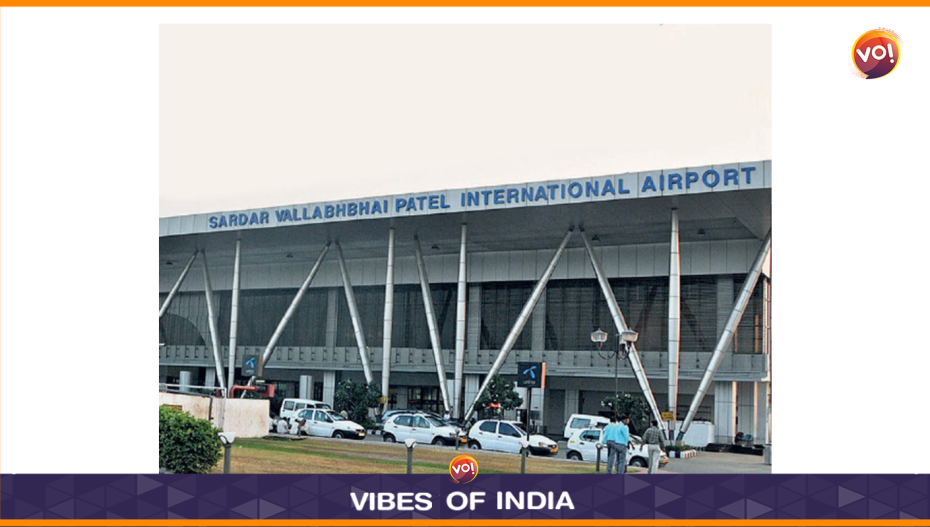Bird strike is one of the most potent dangers for flight operations today. Growing population and human activities in and around city airports are only going to raise the threats of aviation disaster.
Ahmedabad’s Sardar Vallabhbhai Patel International Airport (SVPI) is no different when it comes to incidents of bird hits on aircraft. Some 38 aircraft landing or departing from the city airport suffered bird hits in 2022-23, up 35% against 29 in 2021-22 – which was the lowest in a five-year period, suggests data by the Airports Authority of India (AAI).
Bird strike incidents touched an alarming 73 in 2019-20 – the year before the pandemic-induced lockdown, which dropped to 41 in 2020-21, thanks to a slew of wildlife management measures taken by the airport authorities. Back then, the airport was managed by the AAI, which had commissioned a study to the Salim Ali Centre for Ornithology and Natural History (SACON), to identify wildlife presence in the airport premises and take necessary measures.
AAI had also deployed a man dressed like a gorilla outside the airport terminal to shoo the langurs away, which was another safety concern.Reduced aircraft movement due to Covid-19 restrictions, in addition to these measures, led to a reduction in bird strikes. However, the alarming increase in the previous fiscal year is a grave concern according to aviation experts.
Statistically, five of every 10,000 aircraft taking off or landing from the city airport suffer a bird hit. The SVPI airport witnesses a movement of some 220-230 aircraft every day, according to sources.
“Such incidents are typically reported after the onset of the monsoon season when the proliferation of insects is more. Due to this preying birds typically tend to hover around the airport,” sources said.
Even as the apex aviation body in the country, the Directorate General of Civil Aviation (DGCA) issued fresh guidelines last year, the city airport saw no respite.
“SVPI airport has deployed an increased number of bird chasers located at strategic places near the runway equipped with specialized firecrackers, use of laser guns, zone guns and bio acoustic devices to mention a few of many measures implemented over the last two years to ensure strengthening of aircraft safety. Multiple efforts are being put at airside to ensure the bird movement reduces, simultaneously we are taking help from local authorities to reduce activities that attract bird movement on the flight approach path,” an airport official said.
The airport operator also introduced Ferrow’s Light Trap to reduce bird movement by catching insects like crickets, pentatomid bugs, moths, syrphid flies, and earwigs. Rosy starlings, mynas, swallows and swifts are among the birds whose activity is mostly restricted and reduced by this system. Last year, DGCA had urged all airports to review the Wildlife Hazard Management Plan. In fact, it has also been reiterated in the National Aviation Safety Plan 2018-2022 that the management of all airports must take effective steps to mitigate wildlife hazard.
Ahmedabad airport is among the top ten airports in the country with close to 50,000 aircraft movement and about 10 million passenger traffic annually.













